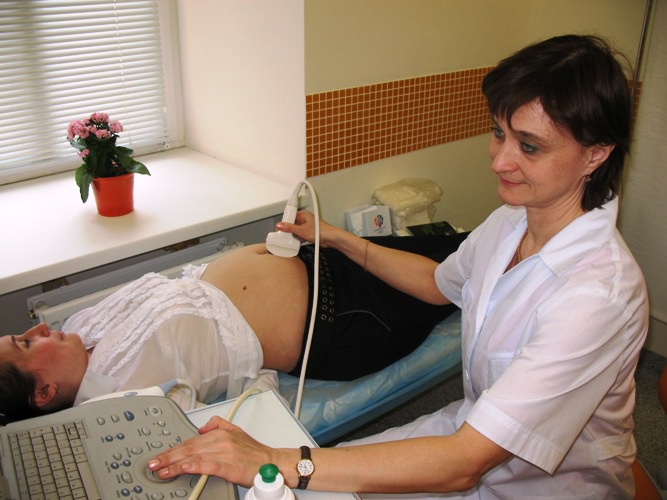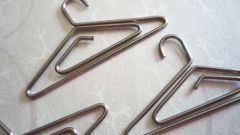Instruction
1
In some instances the formation of cysts may be accompanied by pain in the abdomen, increases its volume, if the cyst is very large. There can sometimes be abnormalities in the gastrointestinal tract or the urogenital system due to compression of the internal organs. If the tumor affects the hormonal background, it is possible to menstrual cycle and increase or decrease the level of certain hormones.
2
Diagnosis of cyst on ovary is done at the reception of the obstetrician-gynecologist. An experienced physician can easily detect changes in the field of appendages. To more accurately confirm the diagnosis and determine the size of the cyst is ultrasound, which observed the development of tumors. In some cases, diagnosis can take a puncture of the vaginal wall or a CT scan is performed.
3
Treatment for cysts depends on how pronounced painful symptoms, there is great risk of the formation of a malignant tumor, woman's age, as well as the possibility of preserving fertility.
4
Conservative treatment is indicated in case if the cyst is not accompanied by complications: suppuration, breaks, etc. While the woman tend to prescribe oral contraceptives and prescribe vitamins A, b, e Patients with excessive body mass recommended diet, exercise. In some cases effective is acupuncture. If conservative treatment does not lead to positive results, prescribe surgery.
5
Surgery to remove cysts on the ovary are divided into several types. This can be a partial cut, when healthy ovarian tissue remains. Thus, the larger the size of the cyst, the less likely that the normal functioning of the ovary in the future. When the wedge-shaped incision of the cyst healthy tissue remains significantly lower than in the first case. Sometimes, if the tumor is very large, remove the ovary entirely. The surgery can be performed in the traditional way using the abdominal incision, and by means of endoscopy.






